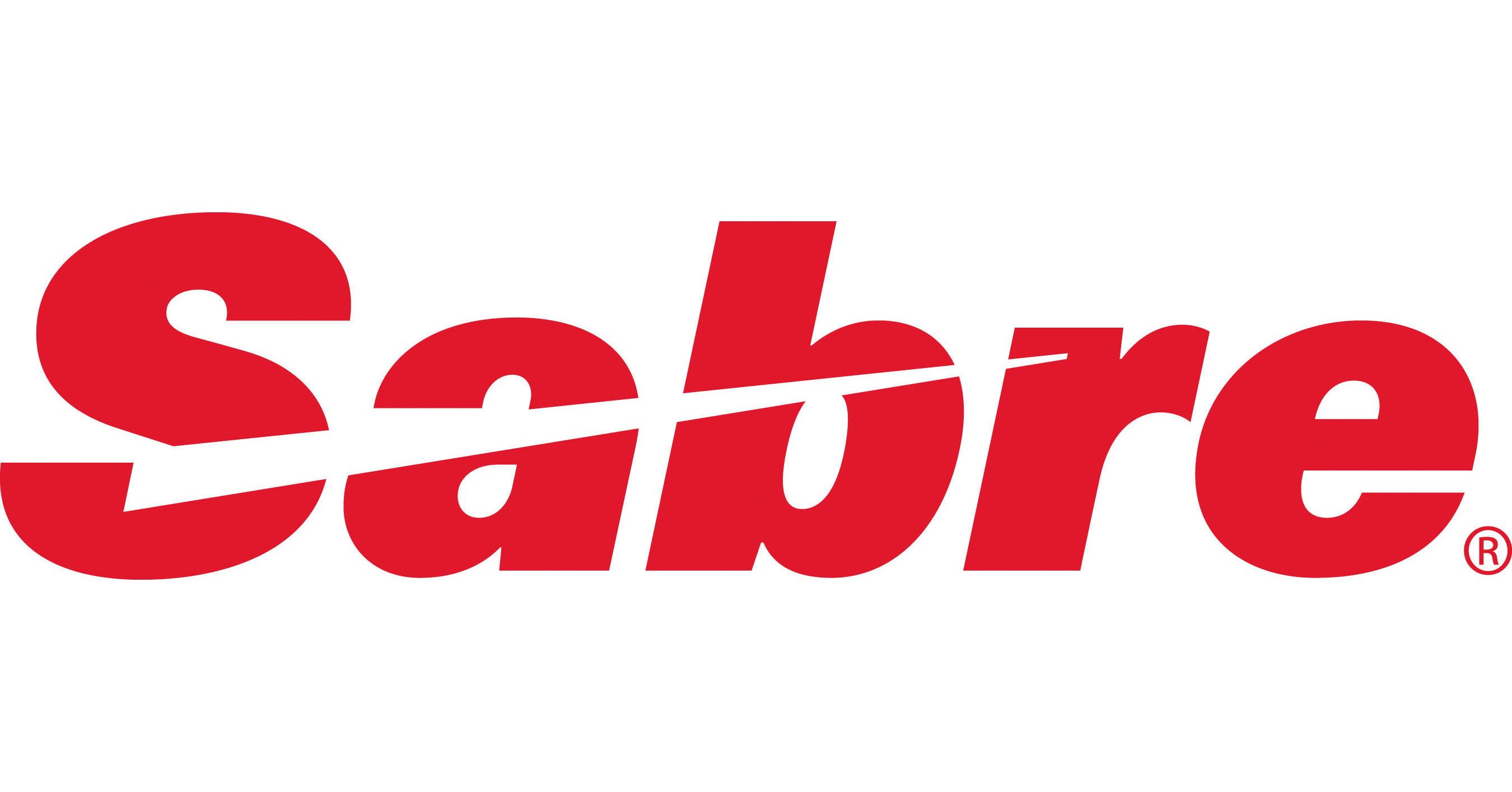
Sabre Corporation (NASDAQ:SABR) reported an earnings per share (EPS) of -$0.16, missing estimates and indicating financial challenges.
The company’s revenue for Q3 2024 was $764.7 million, below the expected $775.5 million, reflecting difficulties in meeting market forecasts.
Key financial ratios such as a negative price-to-earnings (P/E) ratio of -4.11 and a high debt-to-equity ratio of -3.96 highlight Sabre’s struggle to generate profits and manage liabilities.
Sabre Corporation (NASDAQ:SABR) is a technology company that provides software and services to the travel industry. It plays a crucial role in connecting travel buyers and suppliers through its global distribution system. Despite its significant market presence, Sabre faces competition from companies like Amadeus IT Group and Travelport Worldwide.
On October 31, 2024, Sabre reported an earnings per share (EPS) of -$0.16, missing the estimated EPS of -$0.03. This result was also wider than the Zacks Consensus Estimate of a $0.02 loss per share. However, it showed an improvement from the loss of $0.06 per share reported in the same quarter last year, as highlighted by Zacks Investment Research.
The company’s revenue for the third quarter of 2024 was approximately $764.7 million, falling short of the estimated $775.5 million. This shortfall in revenue expectations reflects the challenges Sabre faces in meeting market forecasts. Despite this, the revenue figures still provide a snapshot of the company’s business operations for the quarter ending in September 2024.
Sabre’s financial metrics reveal further insights into its current challenges. The company has a negative price-to-earnings (P/E) ratio of -4.11, indicating ongoing losses. The price-to-sales ratio is 0.41, suggesting that the stock is valued at 41 cents for every dollar of sales. These figures highlight the company’s struggle to generate profits.
The enterprise value to sales ratio stands at 1.87, reflecting Sabre’s total valuation relative to its sales. However, the enterprise value to operating cash flow ratio is notably high at 58.52, indicating limited cash flow generation. Additionally, the debt-to-equity ratio is -3.96, suggesting more liabilities than equity, while the current ratio of 1.02 indicates a marginal ability to cover short-term obligations.

